Valley Queen Heritage Center Opens on Milbank’s Main Street
Local News August 21, 2018 Staff Writer 0

 The Valley Queen Cheese Factory makes many varieties of cheese, but there is a little bit of Swiss in each bite. The company’s founders, Alfred Nef and Alfred Gonzenbach, both grew up in Switzerland less than 20 miles apart. Today, August 21, 2018, Valley Queen opened its Heritage Center at 106 South Main Street in Milbank. The center is dedicated to telling the story of the two immigrant entrepreneurs and their families who epitomize the American Dream.
The Valley Queen Cheese Factory makes many varieties of cheese, but there is a little bit of Swiss in each bite. The company’s founders, Alfred Nef and Alfred Gonzenbach, both grew up in Switzerland less than 20 miles apart. Today, August 21, 2018, Valley Queen opened its Heritage Center at 106 South Main Street in Milbank. The center is dedicated to telling the story of the two immigrant entrepreneurs and their families who epitomize the American Dream.
The exterior of the center has been restored to its original 1912 appearance in accordance with Valley Queen’s goal of preserving and reviving historic architecture in downtown Milbank. Inside is a careful blend of the old and the new. Slip into the mini theater to watch a 12-minute video delineating the history of the company and its processes and get a peek into the private lives of the two founding families through the collection of memorabilia and vintage photos.
 If you are a kid, transport yourself to the Swiss Alps inside the replica of a cozy Swiss chalet. The chalet, built by employee Josh Sime, features wood construction, window boxes filled with flowers, and a seating area to provide an area for reading stacks of children’s books. Plus, don’t miss the display of modern milking techniques. Meet Daisy the cow. She’s a life-size version of a Holstein that hooks up to a simulated milking machine to demonstrate modern milking techniques.
If you are a kid, transport yourself to the Swiss Alps inside the replica of a cozy Swiss chalet. The chalet, built by employee Josh Sime, features wood construction, window boxes filled with flowers, and a seating area to provide an area for reading stacks of children’s books. Plus, don’t miss the display of modern milking techniques. Meet Daisy the cow. She’s a life-size version of a Holstein that hooks up to a simulated milking machine to demonstrate modern milking techniques.
Which is how this story started… only, milking was done in a much different way back in 1902, when Alfred Gonzenbach was born in Roggwil Switzerland. His parents had a 27-acre farm with 250 fruit trees and 16 dairy cows. He learned to make cheese in a small factory in the lower level of his home and, at 17, became an apprentice cheesemaker for two years. He applied for a visa and moved to the United States. Alfred Nef was also born in Roggwil in 1904, completed the same immigration paperwork, and also moved to the US.
Although these like-minded neighbors were destined to live parallel lives, they didn’t meet until both had immigrated to the United States and began working in the same cheese factory in Wisconsin. The two Alfreds became close buddies and decided to transform their friendship into a partnership. They drew up plans and purchased equipment to start their own cheese factory in Clayton, Wisconsin. But in 1927, Wisconsin was already saturated with cheese factories, so the duo switched gears and decided to move their company to Montana. On the way to Montana, the two Alfreds stopped for gas in Milbank and local businessmen talked them into staying – 89 years and counting.
They set up shop and opened Valley Queen Cheese on March 1, 1929. The name had been selected in a community-wide contest, and the winner received $10 in cash.
 People in Milbank nicknamed them Gonzie and Shorty and they became known for the quality of their cheese and running their business like a Swiss watch. The two were meticulous recordkeepers, and the first year in business they made 512,608 pounds of cheese. The business continued to grow even in the 1930’s during the Great Depression. In 1939, they outgrew their original location and built a new factory on the site where Valley Queen is today.
People in Milbank nicknamed them Gonzie and Shorty and they became known for the quality of their cheese and running their business like a Swiss watch. The two were meticulous recordkeepers, and the first year in business they made 512,608 pounds of cheese. The business continued to grow even in the 1930’s during the Great Depression. In 1939, they outgrew their original location and built a new factory on the site where Valley Queen is today.
 By the mid 1950s, Valley Queen’s employment roster topped 25 people. They started to haul canned milk in company trucks and began implementing more mechanization. Max Gonzenbach and Rudy Nef also joined the business with their fathers.
By the mid 1950s, Valley Queen’s employment roster topped 25 people. They started to haul canned milk in company trucks and began implementing more mechanization. Max Gonzenbach and Rudy Nef also joined the business with their fathers.
Max had graduated from Milbank High School in 1954, and attended Michigan State to play basketball and study dairy manufacturing. He learned the trade of cheesemaking from his father on the factory floor.
 When Rudy was nine or ten, he began helping at Valley Queen on weekends. He wrapped butter in parchment, earning 50 cents an hour. Rudy graduated from Iowa State in 1955 with a major in dairy science. In 1957, he returned from two years of serving in the US Army and began working at Valley Queen. In the summer of 1958, the Alfreds decided they had enough confidence to leave the boys in charge while they took some much-needed time off to go fishing.
When Rudy was nine or ten, he began helping at Valley Queen on weekends. He wrapped butter in parchment, earning 50 cents an hour. Rudy graduated from Iowa State in 1955 with a major in dairy science. In 1957, he returned from two years of serving in the US Army and began working at Valley Queen. In the summer of 1958, the Alfreds decided they had enough confidence to leave the boys in charge while they took some much-needed time off to go fishing.
Max and Rudy assumed the day-to-day management of the company in the 1960s. Early evaportators were installed, allowing Valley Queen to dry whey powder, which is more valuable than selling it as liquid swine feed. In 1966, milk cans were discontinued and milk was hauled in bulk tankers. The refrigerated warehouse was also constructed on the north side of the railroad tracks.
Milk receiving docks and silos were installed in the 1970s and a fleet of trucks was purchased. In the 1980s, the office addition and tower evaporator were built.
 Today Valley Queen employs over 200 people and depends on 75,000 cows each day to make their cheese. (A cow produces seven to nine gallons of milk per day which turns into six to eight pounds of cheese.) The factory processes a little more than four million pounds of milk per day, and by the middle of next year expects to process five million pounds of milk per day. The company forecasts production in 2019 to reach about 525,000 pounds of cheese every day.
Today Valley Queen employs over 200 people and depends on 75,000 cows each day to make their cheese. (A cow produces seven to nine gallons of milk per day which turns into six to eight pounds of cheese.) The factory processes a little more than four million pounds of milk per day, and by the middle of next year expects to process five million pounds of milk per day. The company forecasts production in 2019 to reach about 525,000 pounds of cheese every day.
Besides making mountains of cheese, Valley Queen also separates the whey into whey protein and lactose, and both are dried. Whey protein is used in sports nutrition drinks and infant formula; lactose is used in chocolate. A significant portion of this is now being exported to New Zealand. The factory also makes anhydrous milk fat. Extra milk fat remains after the production of low fat cheese. The fat is put through a series of centrafuges to obtain a 99.99 percent – pure milk fat product which is used to make chocolate, processed cheese, and other foods.
 If you wander far, you might not see Valley Queen on any packages of cheese in your market. The only blocks to carry the original label are the ones sold at the shop in the back of the Heritage Center and at grocery stores in the Milbank area. The company’s cheeses are co-packed under different labels – from shredded varieties used in restaurants to store and other nationally known brands. If you wander even farther- someday to the moon perhaps- don’t be surprised if you find it’s also made of Valley Queen cheese. The two Alfred’s were always big thinkers!
If you wander far, you might not see Valley Queen on any packages of cheese in your market. The only blocks to carry the original label are the ones sold at the shop in the back of the Heritage Center and at grocery stores in the Milbank area. The company’s cheeses are co-packed under different labels – from shredded varieties used in restaurants to store and other nationally known brands. If you wander even farther- someday to the moon perhaps- don’t be surprised if you find it’s also made of Valley Queen cheese. The two Alfred’s were always big thinkers!
The former Valley Queen Cheese store has been closed and will become the new full time staff training center for Valley Queen employees. Entry to the Valley Queen Heritage Center is free. It is open to the public on Monday through Friday from 9 a.m. until 5 p.m.
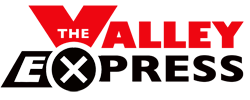




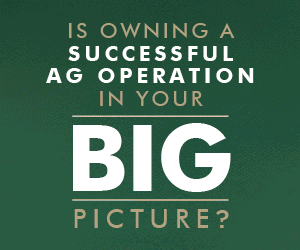


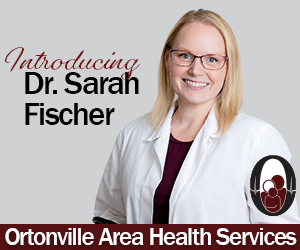
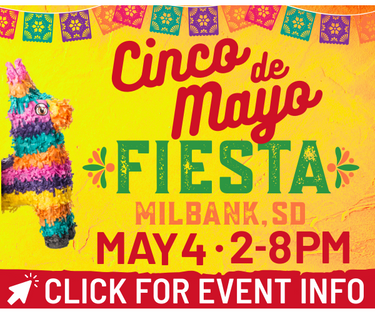
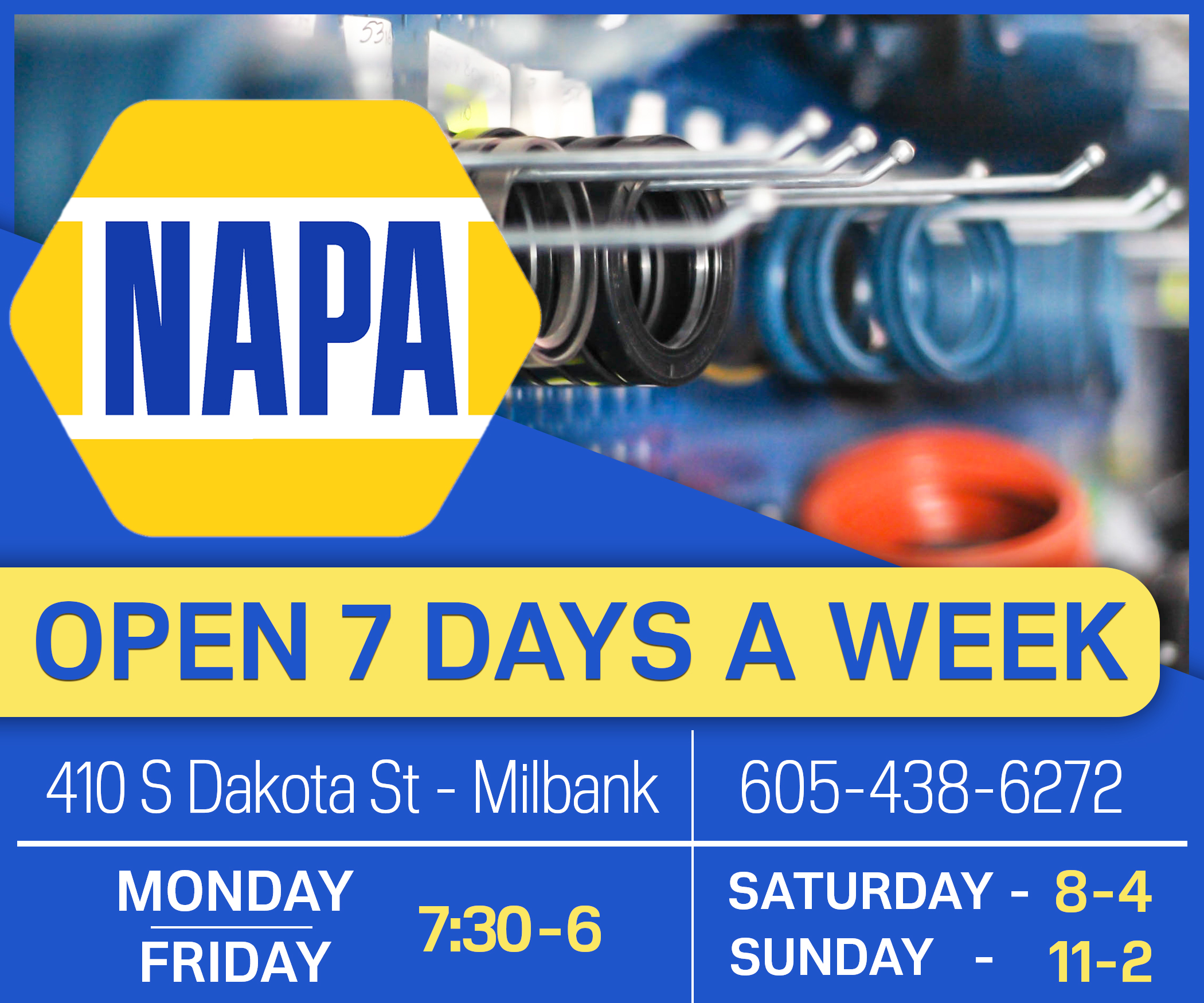
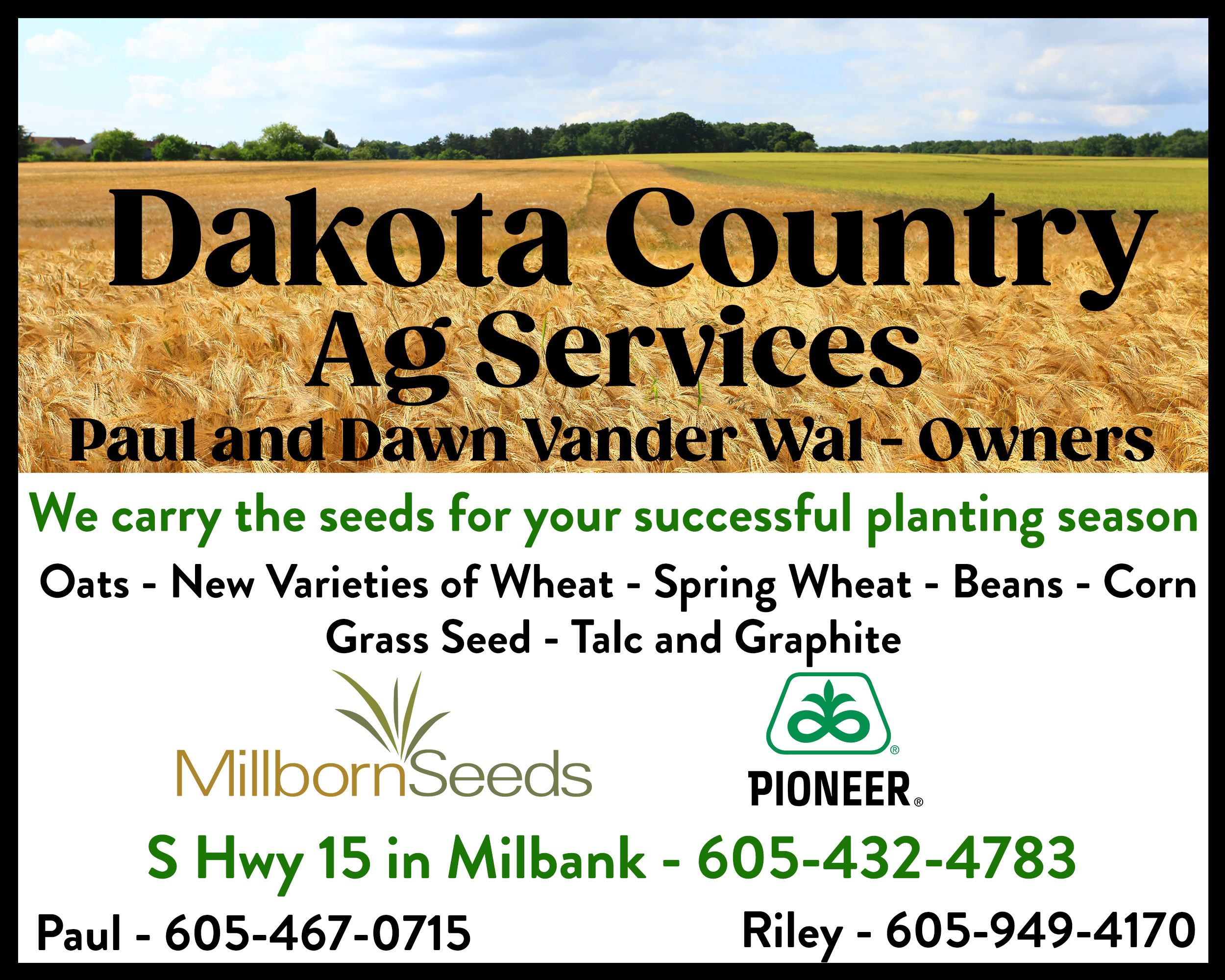

No comments so far.
Be first to leave comment below.